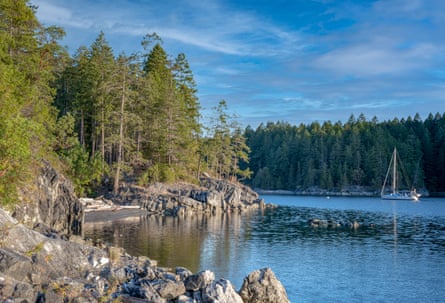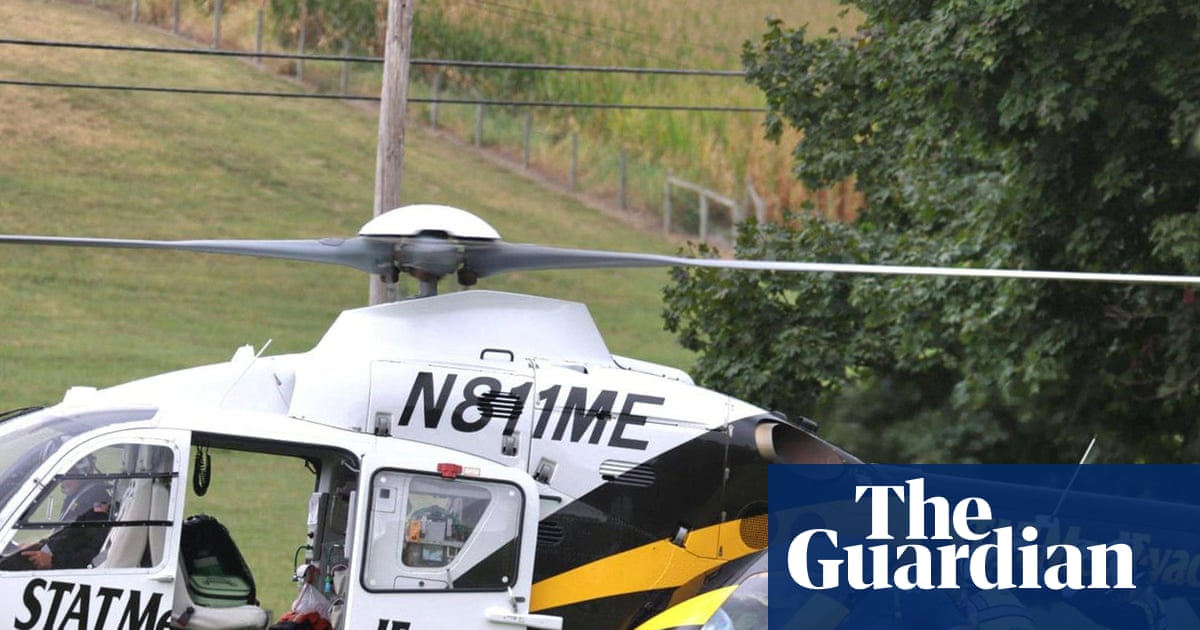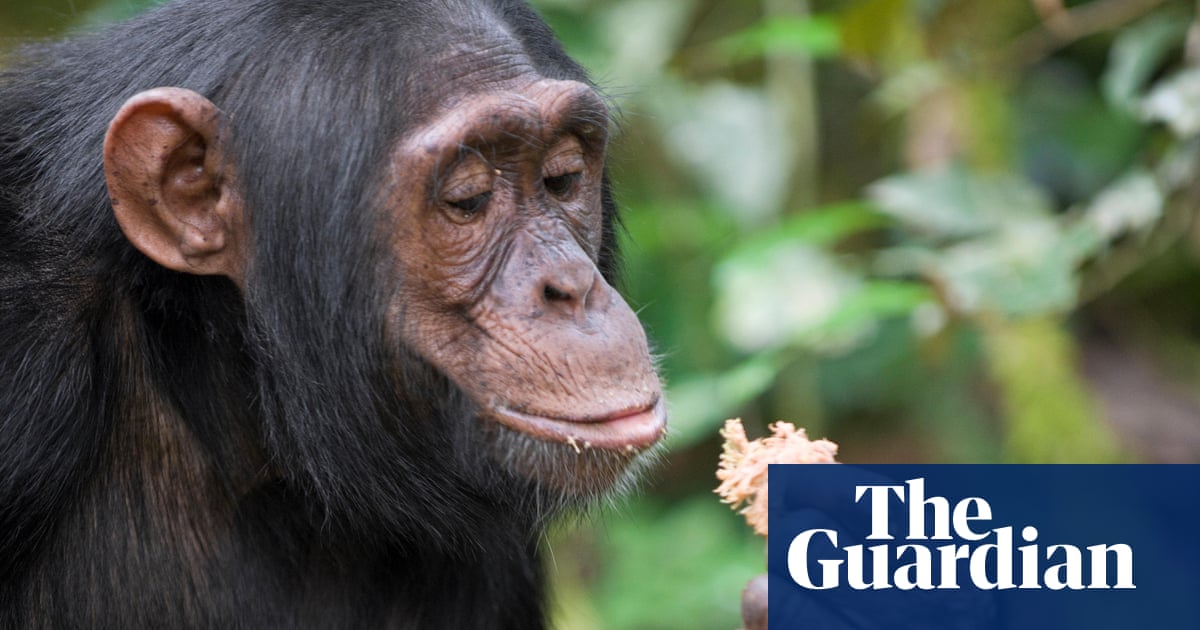Most visitors to Texada Island, a 30-mile sliver of land off the west coast of British Columbia, choose one of two main methods of arrival: a provincial ferry service with 10 daily sailings or a 3,000 foot air strip which welcomes the occasional chartered plane.
But a four-year-old grizzly bear recently took a far more challenging route, braving strong currents and frigid water to swim nearly three miles across the Malaspina Strait.
The exhausted young bear, named “Tex” by locals, hauled himself ashore on 25 May, unleashing a fierce row between residents, conservation officers and First Nations over his future – and prompting a broader debate over the relationship between the Canadian province and its wildlife.
Once a hub of logging and mining, Texada Island is now home to 1,200 residents and the one grizzly bear, who was last spotted just after sunset on 23 June.
Before his odyssey, the four-year-old bear was known to conservation officers on the mainland, who had twice been forced to relocate him to avoid conflicts with human residents. On both occasions, he returned to urban areas within weeks.
Before his swim, he was spotted breaking into fishing boats at marinas to access bait and once stalked two walkers on a trail.
“The people escaped by entering and remaining in the water for half an hour while the bear remained on shore circling back and forth,” the conservation service said.
Despite his somewhat checkered past provincial officials said in a statement that there is a no “kill order” on Tex. But, they added, “if further behaviour by the grizzly bear occurs that threatens public safety, Conservation Officers will respond to those situations … It is our hope that it will not come to this, and the bear will move on independently.”
Nicholas Scapillati, head of the Grizzly Bear Foundation said that such behaviour is to be expected for a young male bear.

“He’s on the move. He’s curious. He’s a young male out of hibernation who was likely pushed off out of his home range by his mom and is now looking for mates in a different genetic pool,” Scapillati said. “Now he’s just exploring.”
But Tex’s presence on the island has sharply divided residents, unaccustomed to apex predators on their bucolic island.
“They should euthanize him if they aren’t going to relocate him – he can’t stay here, someone is going to get injured/killed,” wrote one resident on a local Facebook message board. “It’s only a matter of time before something horrible happens. It’s shocking that some people think this isn’t a serious public safety issue.”
But others argue the young bruin hasn’t harmed humans or livestock. Katrin Glenn-Bittner, a long time resident of the island who has spotted the bear twice on her farm, has offered to help fund any relocation of the bear to a remote part of the province’s west coast. “There’s no future here for him on Texada Island, because he’s targeted, and if he makes a mistake – which may very well happen – he will be instantly destroyed,” she told the Globe and Mail.
A First Nations community has offered to re-home the bear, but the request was rejected by the province’s conservation service, which said Tex’s “high level of conflict history” means he is “not a candidate for relocation”.
The Mamalilikulla First Nation says its Gwaxdlala/Nalaxdlala Indigenous Protected and Conserved Area (IPCA) in Knight Inlet, 100 miles north of Texada Island, would be the ideal home for the young bear.
The IPCA was established in 2022 “based on the ancient concept of ‘Aweenak’ola’, which translates as ‘we are one with the land, sea and sky and supernatural Ones and have a responsibility to care for all the beings.’” And bringing the grizzly to the territory also aligns with the nation’s broader aim of restoring populations of a species they view as sacred.
“Right now this grizzly bear is a ticking time bomb,” John Powell, elected chief of Mamalilikulla First Nation, told the Times Colonist. “I think inevitably the bear is going to run into a human or animal and it’s going to have a negative engagement. Texada is not a big place … It’s going to die there.”
In 2019, British Columbia enacted legislation meant to harmonize its laws with the United Nations Declaration on the Rights of Indigenous Peoples, and it has signed a string of treaties or reconciliation agreements with nations in the province. The case of Tex represents a test of that new relationship, says Scapillati, whose foundation has worked with both First Nations and the province.
In 2020, a male grizzly named Gatu appeared on the northern tip of Vancouver Island, and became too comfortable around humans. First Nations pleaded with conservation officers to come up with a proactive approach. Their request was ignored and the bear was shot and killed. Months later, when another bear was spotted in the region, Mamalilikulla First Nation stepped in and requested it be moved. The young grizzly was successfully translocated to an area on the mainland. At the time, the province’s then minister of environment praised the result, saying the “desire for reconciliation” with Indigenous peoples helped guide the process.
“If First Nations want to look at how to handle these issues differently then the province has an obligation to talk to them and come up with a solution,” said Scapillati. “This request to translocate Tex is going to open up a whole discussion over how to balance the wildlife policies of various First Nations with the province’s wildlife policies,” he said. “It’s unique, it’s exciting – and it could be a game changer for wildlife stewardship in the province.”
Biologists remain convinced the bear can be moved safely.
“Having done field surveys of grizzly bear habitat surveys in the IPCA for the Mamalilikulla I can attest to the fact that the estuary is prime habitat for such a translocation at this time,” biologist Wayne McCrory wrote in a letter to the province. “Even given the possibility that the bear may not remain in the area if translocated again, I fully support… [the Mamalilikulla First Nation’’s] wishes to have the bear taken there.”
McCrory said that while translocation doesn’t always work, the further a bear is moved from where it was captured, the better odds of success.
“I feel [not moving the bear] is a bad mistake that will only lead to the bear’s eventual demise, either [at the hands of conservation officers] or some local residents.”
And while it has shaken residents, the bear’s arrival on the island also reflects a slow-moving success of conservation. In recent decades, populations of grizzly bears have rebounded dramatically thanks to a hunting ban and investment in stewardship.
“Texada needs to get prepared. When you live in nature, bears are part of that. This is going to be a wake up call for the community and all the other islands on the coast,” said Scapillati. “After years of work to recover populations, bears are on the move. And people need to get prepared to coexist with them.”

 2 months ago
75
2 months ago
75

















































